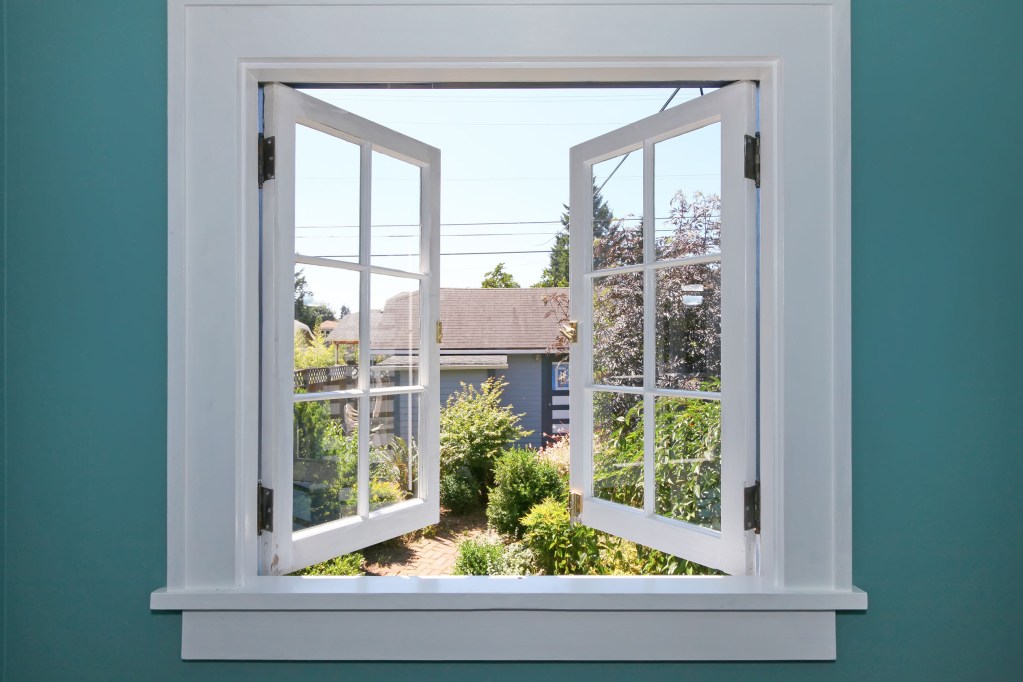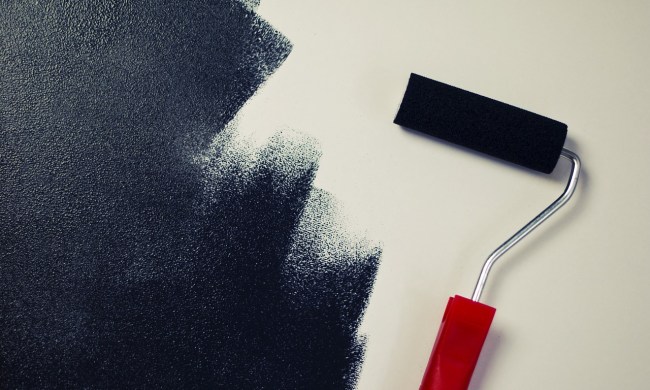Enamel paint is a versatile and durable option for various painting projects, known for its glossy finish and long-lasting protection. Whether you’re a seasoned DIY enthusiast or just looking to refresh your space, understanding what enamel paint is and when to use it can significantly impact your project’s success. Let’s dive into the specifics of this type of paint, explore its pros and cons, and highlight the best painting applications for this robust paint type.
What is enamel paint?

Enamel paint is a type of paint that dries to a hard, glossy finish, providing excellent durability and resistance to wear and tear. It’s often used for both interior and exterior surfaces that require a tough, resilient coating. Enamel paint can be an oil-based or water-based product, with oil-based varieties offering superior durability and water-based options being more environmentally friendly and easier to clean up.
Oil-based enamel paints are known for their excellent adhesion and resistance to moisture, making them ideal for surfaces exposed to the elements or heavy use. Water-based enamels, while not as robust as their oil-based counterparts, have improved significantly over the years and offer a more user-friendly alternative with less odor and faster drying times.
Pros and cons of enamel paint

Pros
- Durability: Enamel paint is renowned for its toughness. It creates a hard, protective shell that resists chipping, scratching, and general wear and tear, making it ideal for high-traffic areas and surfaces exposed to the elements.
- Glossy finish: The high-gloss finish of enamel paint gives surfaces a sleek, polished look that can enhance the appearance of any project. This glossy finish also makes it easier to clean, as dirt and grime wipe away effortlessly.
- Versatility: People can use Enamel paint on a variety of surfaces, including wood, metal, and masonry, making it a go-to choice for many different applications.
- Moisture resistance: Especially with oil-based enamels, the paint provides excellent resistance to moisture, making it suitable for areas exposed to humidity and water.
Cons
- Odor and VOCs: Oil-based enamel paints have strong fumes and high levels of volatile organic compounds (VOCs), which can be harmful if inhaled. That’s why proper ventilation is essential when using these paints.
- Drying time: Oil-based enamels take longer to dry compared to water-based options, which can delay project completion.
- Cleanup: Cleaning up after using oil-based enamel paint requires solvents like turpentine or mineral spirits, which can be messy and more challenging than soap and water cleanup for water-based paints.
- Cost: Enamel paints, particularly high-quality ones, can be more expensive than other types of paint.
Where to use enamel paint

This type of paint is a fantastic choice for various applications, thanks to its durability and glossy finish. Below are some of the best places to use enamel paint, each benefiting from its robust characteristics.
Exterior doors
Exterior doors face constant exposure to the elements, from harsh sunlight to rain and snow. Enamel paint’s durability and moisture resistance make it perfect for these high-traffic areas. The glossy finish not only looks great but also adds an extra layer of protection against the weather.
Outdoor furniture
Outdoor furniture, such as patio tables, chairs, and benches, can take a beating from the weather. Enamel paint’s hard, resilient surface can protect against the sun’s UV rays, moisture, and daily wear and tear. This ensures your outdoor furniture looks fresh and new for longer.
Grills and outdoor kitchens
Outdoor cooking spaces are subject to high heat, frequent use, and the elements, making enamel paint a great choice. Its resistance to heat and moisture helps maintain the appearance and functionality of these cooking areas, ensuring they remain attractive and easy to clean.
Decks and porches
Decks and porches are another excellent application for enamel paint. These areas endure heavy foot traffic and exposure to various weather conditions. The durable, moisture-resistant properties of enamel paint help protect the wood from damage and extend the life of your outdoor spaces.
Window trim and window sashes
Window trim and sashes benefit from the moisture resistance and glossy finish of enamel paint. It helps protect against condensation and weather, keeping your windows looking sharp and maintained.
Metal surfaces
Railings, fences, gates, and other metal surfaces require a paint that can adhere well and resist rust. Enamel paint’s strong adhesion and durability make it an ideal choice for metal, providing a tough barrier against the elements.
Kitchen cabinets
Our cabinets endure constant use, spills, and grease. Enamel paint’s easy-to-clean, glossy finish makes it perfect for this high-traffic area. It can withstand the daily wear and tear while keeping your painted kitchen cabinets looking pristine.
Appliance touch-ups
For those small nicks and scratches on your appliances, enamel paint offers an excellent solution. Its durability and high-gloss finish blend well with the original surfaces, providing seamless touch-ups that extend the life of your appliances.
Tips for working with enamel paint

Working with enamel paint requires some specific techniques to achieve the best results.
- Preparation: Properly preparing the surface is crucial. Clean the painting surface thoroughly to remove any dirt, grease, or old paint. Sanding the surface can also help the paint adhere better.
- Priming: Use a primer compatible with enamel paint to create a smooth base and enhance the paint’s adhesion and durability.
- Application: Apply enamel paint in thin, even coats to avoid drips and achieve a smooth finish. Multiple thin coats are preferable to one thick coat. Use a high-quality brush or roller suitable for enamel paint.
- Ventilation: Ensure good ventilation when using oil-based enamel paint because of the strong fumes. Work in a well-ventilated area or use a respirator mask if necessary.
- Drying time: Allow ample drying time between coats to prevent smudging and achieve a hard, glossy finish. Follow the manufacturer’s recommended drying times.
Enamel paint is a highly durable and versatile option for a wide range of painting projects. Its glossy finish and robust properties make it ideal for high-traffic areas, surfaces exposed to the elements, and other applications requiring a tough, resilient coating. By understanding the pros and cons of enamel paint and knowing the best places to use it, you can ensure your painting projects are successful and last a long time.




